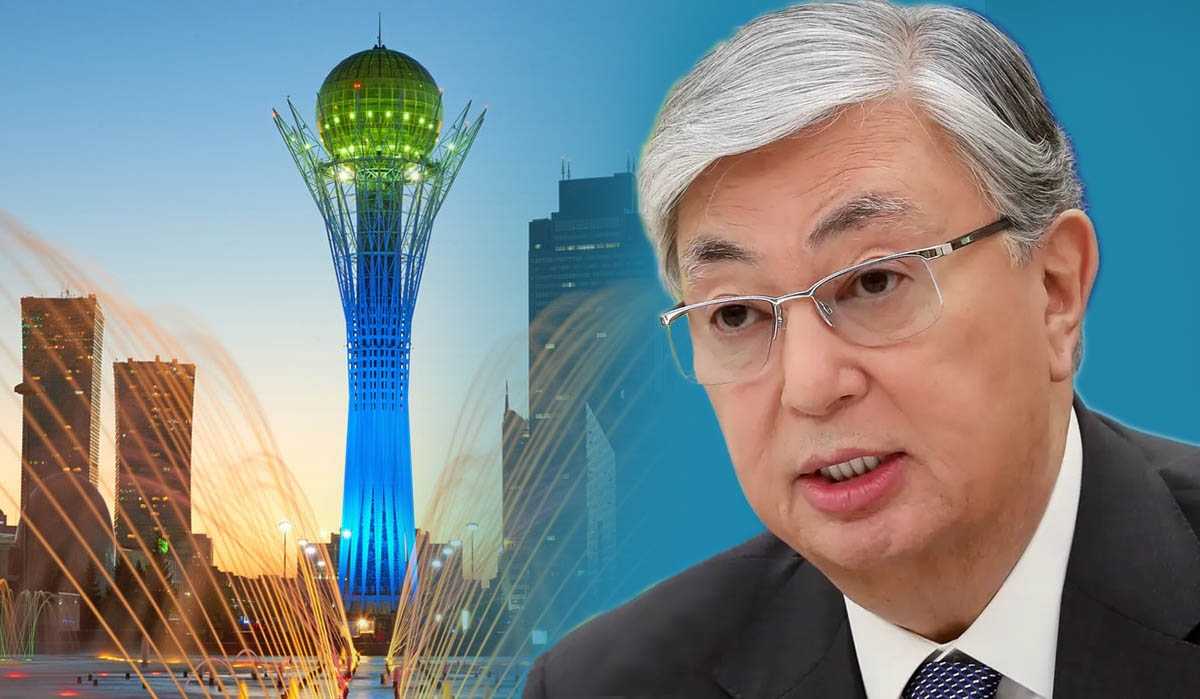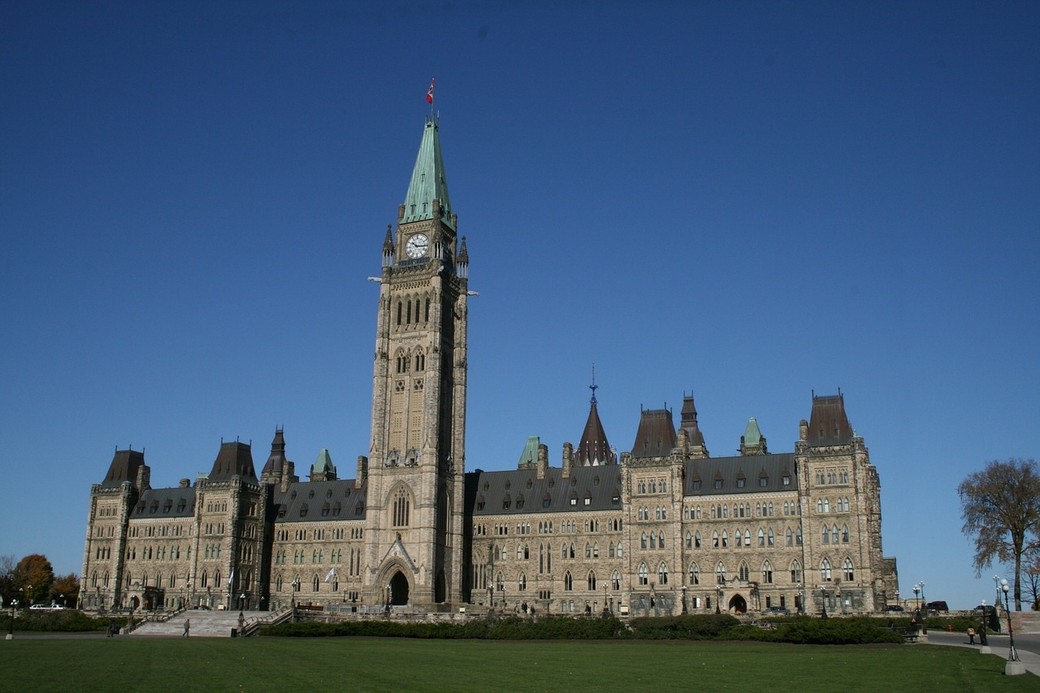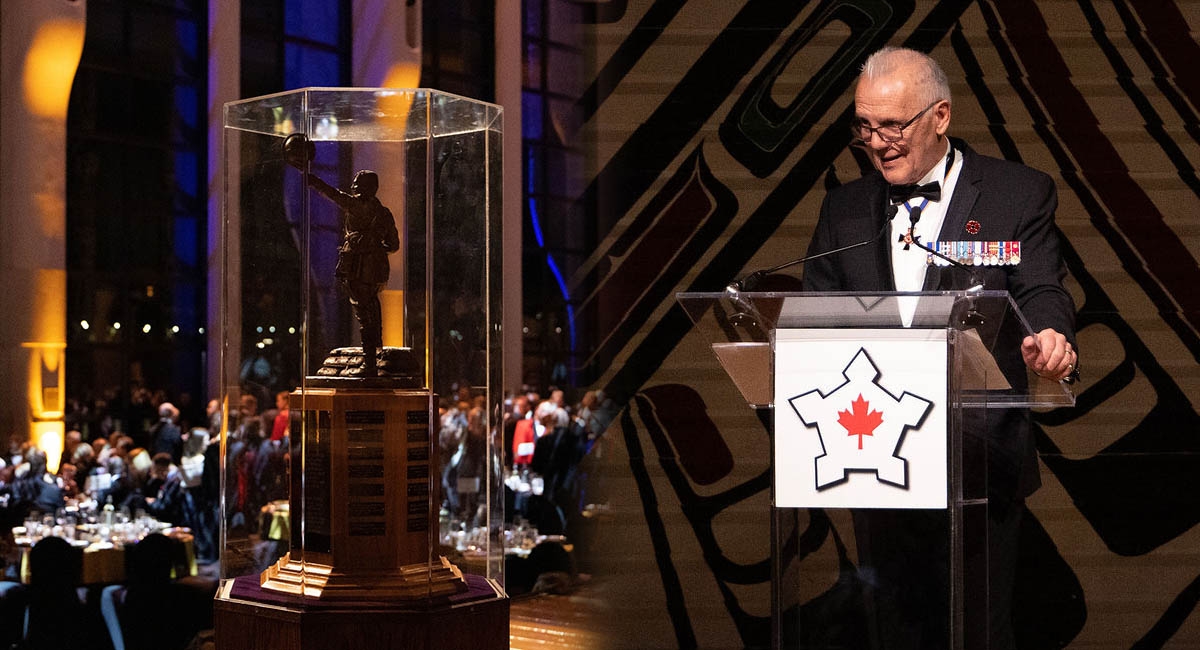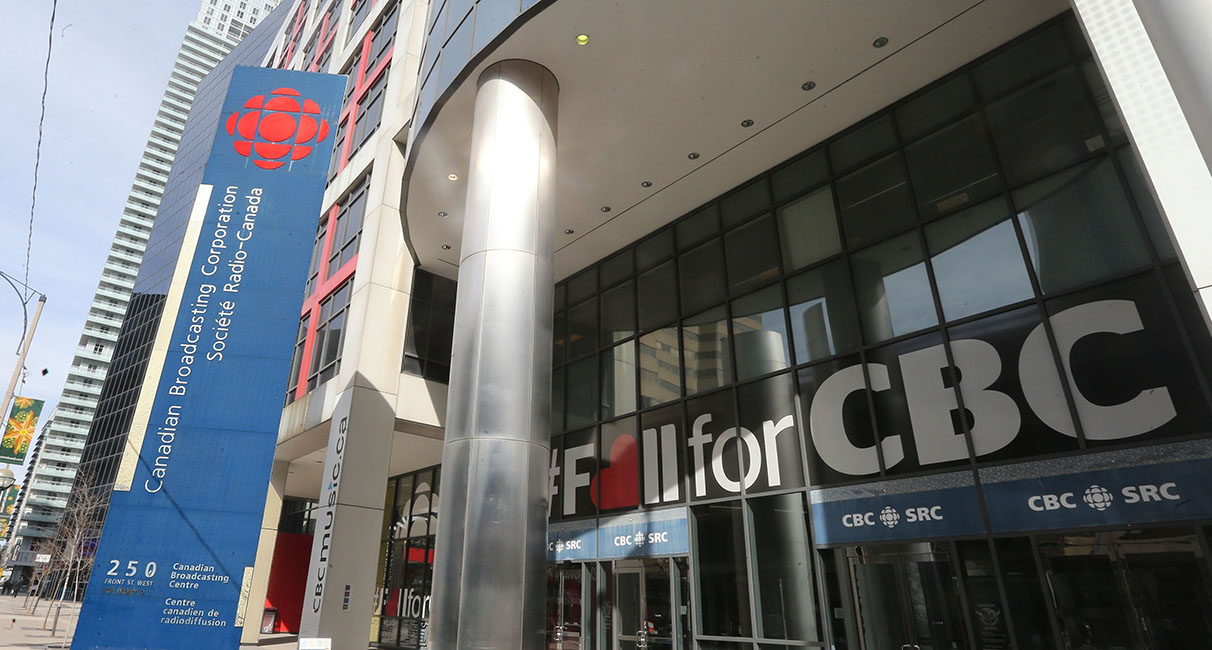
Nazarbayev, Tokayev and Kazakhstan’s continuing political reform journey
Kazakhstan is a central Asian republic with a long, storied history dating back to prehistory, through the Mongol era, the Kazakh Khanate, the Russian Empire, and subsequently the Soviet Union. Thirty-one years after regaining the statehood that was lost when the Kazakh Khanate was absorbed by Russia 180 years ago, Kazakhstan is going through a massive political transformation being spearheaded by the country’s president,Kassym-Jomart Tokayev.
Kazakhstan was the last republic to formally leave the Soviet Union. However, it was not out of a sense of obligation or pro-Soviet sentiment that the Kazakh Republic left the communist state. In fact, the date picked to declare independence was highly symbolic. The Soviet State, at times, acted with extreme repression towards ethnic Kazakh and its other nomadic co-inhabitants of central Asia, forcing a collectivized lifestyle on the nomadic peoples.
From 1930 to 1933, Kazakhstan suffered through a famine that resulted in the death of much of its livestock. Like in Ukraine, where the Holodomor famine killed between three and five million people in a manufactured, intentional act of genocidal, the shortage of meat, a cornerstone of the Kazakh diet, resulted in the deaths of close to two million Kazakhs. Those who survived were forced to live a sedentary lifestyle, contrasting with their native traditions.
The Organization of Turkic States calls the famine “a criminal Stalinist ethnic policy,” one of many committed against ethnic minorities during the Stalinist era. From 1964 to 1986, Dinmukhamed Kunaev, an ethnic Kazakh, served as the first secretary of the Communist Party of Kazakhstan and thus the de facto head of government for the Soviet Republic. Kunaev was a rare success story (during Leonid Brezhnev’s tenure as General Secretary) in an era of stagnation that enveloped the rest of the Soviet Union. Kazakhstan was vastly modernized and became one of the Soviet state’s largest economies, only behind the behemoth Republics of Russia and Ukraine.
On December 16, 1986, the Soviet Politburo, under the leadership of reformer Mikhail Gorbachev, sacked Kunaev and replaced him with Gennady Kolbin, an ethnic Russian who had never lived in Kazakhstan before his appointment to the position. The move was seen as an effort to eliminate the cronyism of the Brezhnev era, but it sparked one of the first large anti-government protests of the Gorbachev era.
Kazakh students took to the streets in what was then Brezhnev Square, in the republics’ capital of Alma-Ata, to protest the imposition of a Russian-born leader. The initial group of several hundred protestors grew into a crowd of what Radio Free Europe estimated may have been as large as 40,000 people. The Soviet security apparatus cracked down brutally, killing an estimated 200 protestors over the two-day rebellion that spread to other cities across the republic.
After violent street battles and a riot at the Alma-Ata University dormitory, around 8,000 people were detained by the Soviet authorities. Kazakhstan-based journalist Joanna Lillis described the protests as a revolt against the policy of being “Russians first among equals” and the discrimination against the Kazakh language, which had become the second language of most citizens of the republic.
During these protests, one Kazakh communist party official separated himself from the rest of the leadership, Nursultan Nazarbayev. Nazarbayev addressed the protestors and walked among the crowd, warning them to disperse and telling them of his fears that Soviet security would use force. Three years later, Nazarbayev became the first secretary of the Kazakh Communist Party, the de facto ruler of the Republic of Kazakhstan.
As the Soviet Union collapsed, Nazarbayev declared independence from the Soviet Union on December 16, 1991, symbolically marking the day that Kazakhstan defied Moscow’s rule five years earlier.
Nazarbayev inherited a state that was in a strange predicament. There hadn’t been a Kazakh state since the Kazakh Khanate was dissolved 144 years earlier. Much of the republic’s population was ethnic Russian, and to gain economic stability, Nazarbayev understood that maintaining a close relationship with the new Russian Federation was required.
Kazakhstan thus joined the Commonwealth of Independent States, a new alliance of former Soviet Republics. However, rather than just tow the Russian line, Nazarbayev made some interesting policy choices that included moving the capital from Almaty to the newly named Astana (now called Nur-Sultan), a city nearly 1,300 kilometres north of the former capital closer to the Russian border. The decision had a couple of effects: It put the centre of government control relatively close to the Russian border, neutering the ability of Russia or ethnic Russians to try to claim the territory of the Kazakh state as their own, and it opened up a new economic area in the north of the country by encouraging immigration to the new capital, which would grow from a population of just under 300,000 at the end of the Soviet era to its current level of over 1.2 million inhabitants.
Nazarbayev also encouraged a reverse immigration policy promoting ethnic Kazakh migration back to the country. The country kept Russian as an official language but promoted free education and training in the Kazakh language and started a process of phasing in Kazakh as the only official language of the government.
Nazarbayev was a nation builder in a way few heads of state can claim. His management of the country’s natural resources enabled rapid economic development from a medium ranking Human Development Index (HDI) country to a very high ranking HDI country. Kazakhs live better than their neighbours in Russia, Kyrgyzstan, and Uzbekistan. However, Nazarbayev was iron-fisted in his rule and ran his regime with an element of cronyism that allowed those close to him to become extremely rich.
But Nazarbayev did things differently than other regional strongmen and former Soviet Republics. Unlike Belarus’s Alexander Lukashenko—the country’s first and only leader— Nazarbayev never shied away from integrating with the west economically, nor did he push a favouritism policy toward the Kazakh ethnicity like the deceased dictator of Turkmenistan, Saparmurat Niyazov, who would name himself "Turkmenbashi" the father of all Turkmen.
Instead, Nazarbayev built on the country’s religious and cultural differences, one of a thousand years of immigration from all over Europe and Asia had brought to the republic. Kazakhs were and are free to leave the country, and with the economic boom, more could and did, but as Lillis points out in her book Dark Shadows: Inside the Secret World of Kazakhstan, they seem content to come back and live in a country that is freer and more open than what their parents endured during the Soviet period.
On a surface, there was a democracy, with opposition parties ranging from communists to Thatcher-likes represented in the country’s lower assembly, Kazakh language.
In 2019, after protests and economic woes, Nazarbayev stepped down. The move was unexpected by most Kazakhs. Nazarbayev was replaced by his close associate Kassym-Jomart Tokayev, chairman of the Senate. Nazarbayev remained behind the scenes and continued as chairman of the country's security council and chairman of the ruling Nur Otan Party.
When covering the election in 2019, speculation among other journalists who knew the country was that Tokayev had taken the reins of power, but Nazarbayev was still in charge. In his first two years, Tokayev tried to shape his image as a reformer. A few of his notable actions included decriminalizing slander, abolishing the death penalty, adding gender quotas to civil service jobs, and liberalizing protest laws.
The problem with the reforms was that Nazarbayev was still operating behind the scenes. Although viewed as a founding father figure of the country, he seemed to be lingering and wouldn’t entirely give up power. A source from the country’s national broadcaster said, “there was general frustration that he wouldn’t go away.”
In January 2022, the worst political violence since the Soviet Era hit Kazakhstan. It began as a spontaneous mass protest against the removal of a cap on liquid gas prices that caused energy prices to surge. It quickly turned into a revolt that saw the burning of the presidential palace in Almaty and fighting between protestors, the police, and the national guard.
Most interestingly were the pulling down of Nazarbayev statues. With control spiralling, Tokayev called in the Collective Security Treaty Organization (CSTO), an alliance of militaries from former Soviet Republics of Armenia, Russia, Kyrgyzstan, Belarus, and Tajikstan, to intervene.
Within nine days, order was restored, but rather than shifting to a more hardline course of action, Tokayev did the opposite. He sacked Nursultan Nazarbayev from all the remaining positions in government and from the Nur-Otan Party. Tokayev also stripped the first president of prosecutorial immunity, and he accepted the resignation of the entire government. Nazarbayev-era loyalists, such as the head of the state security service and the head of the military, were also removed from power. Tokayev had previously removed Nazarbayev’s daughter Dariga Nazarbayeva from her position as chair of the senate in 2020.
Change continued, even after the security forces had quelled the protests. Tokayev renamed the Nur-Otan Party, the Amanat Party, reinforcing the need for broader political reform. He then did the most interesting thing: he stepped down as chair of the party, claiming it was a conflict of interest while he was the country's president.
The move was completely unexpected. In 2019, Tokayev came to power in the country’s first free and democratic election, looking to many outside observers as if he was going to be a Nazarbayev puppet. Rather than showing himself to be a ‘yes man’ to the nation's founder, Tokayev diversified the political system and shook it up during his short three years in office.
Rather than paying homage to Nazarbayev, he decided to paddle his own canoe and open the country up to more democratic change, albeit with dramatic setbacks, including the violence in January.
Still, even after the Russian Military and the CSTO states restored order to the country, Tokayev has refused to participate in Russia's invasion of Ukraine, nor has he recognized the Russian-backed breakaway regions of Ukraine. He further stated in a June interview he felt no obligation to Russia for intervening in January and noted that Armenian Prime Minister Nikol Pashinyan was in charge of the CSTO organization at the time.
Vladimir Putin has previously claimed that a Kazakh state never existed before 1991 and that the Kazakh people have benefited from close relations with Russia. History has shown otherwise. The good news is that Tokayev seems unperturbed by Russia’s opinion of his country’s foreign policy.
Tokayev is changing the way Kazakhstan is seen on the international stage. Just as Nazarbayev had his first significant nationalistic moment during the 1985 protests, Tokayev is leading a transitionary period that could lead to Kazakhstan being a more robust, less corrupt, and more independent nation than at any point since the Kazakh Khanate.
Ironically, Tokayev is, in ways, building on the legacy of Nursultan Nazarbayev by promoting Kazakh civic pride and a sense of national identity while also promoting multiculturalism, open development, and more substantial global economic times. President Tokayev is also liberalizing and reforming government in the country slowly and cautiously, but faster than at any point since the country’s independence from the Soviet Union 31 years ago.
If Tokayev’s reforms continue, Kazakhstan will be the best Central Asian country to live in; it will be freer and more stable than almost all former Soviet Republics. Cynics may still say that Tokayev is either a Russian puppet or a Nazarbayev shoo-in, but the last six months have shown that he is anything but.








